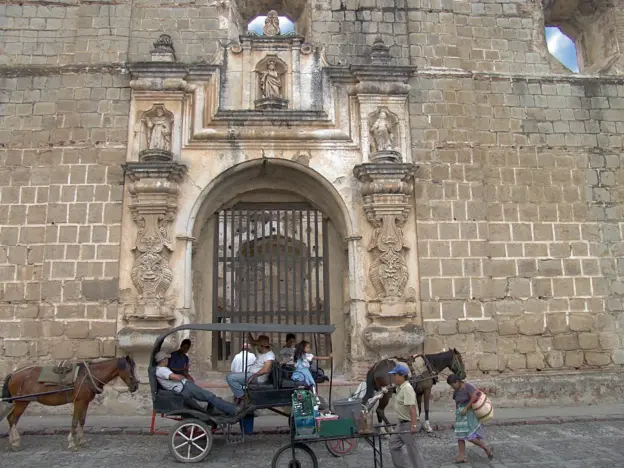Intro
Also called Songhaq and Sonrai, the Songhoï Horse comes from Mali and is not a breed, but rather a variety of West African Dongola with Barb blood.
Read more
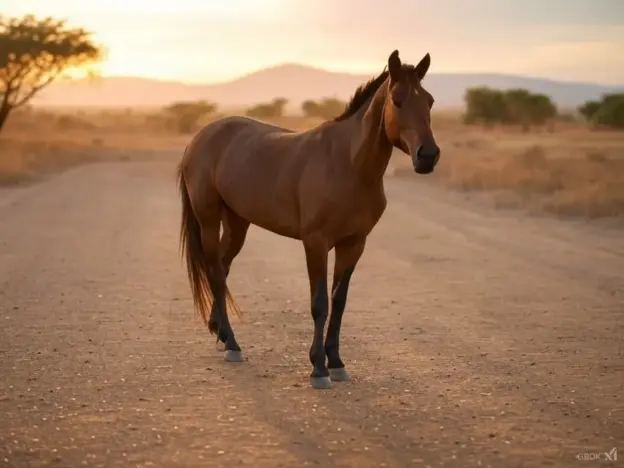
Also called Songhaq and Sonrai, the Songhoï Horse comes from Mali and is not a breed, but rather a variety of West African Dongola with Barb blood.
Read more
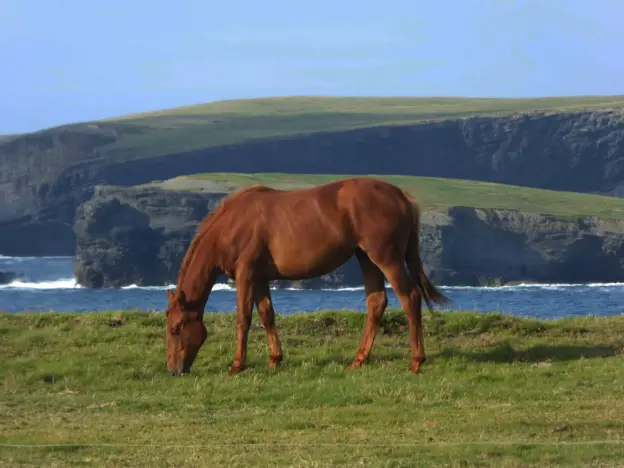
The Irish Pony is essentially a sport type pony breed. We believe they are similar to sport horses and warmblood breeds, registered based on temperament, athletic ability and performance.
Read more

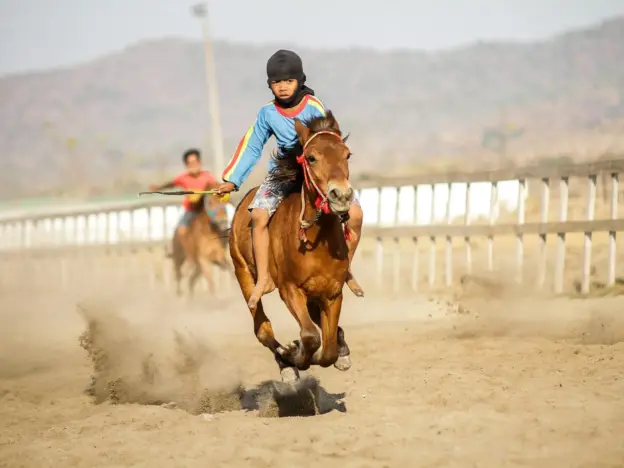
Also called Bimanese, the Bima Pony is a small variety of the Sumbawa Pony and comes from East Nusatenggara, on East Timor.
Read more
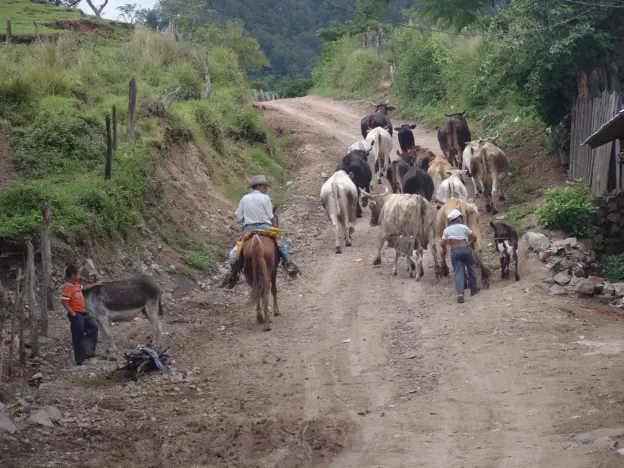
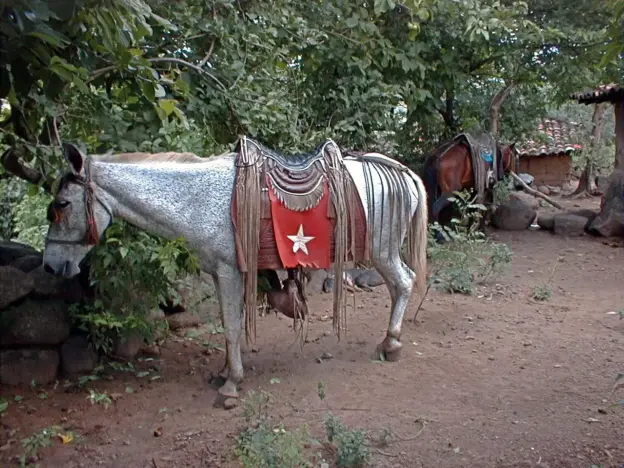
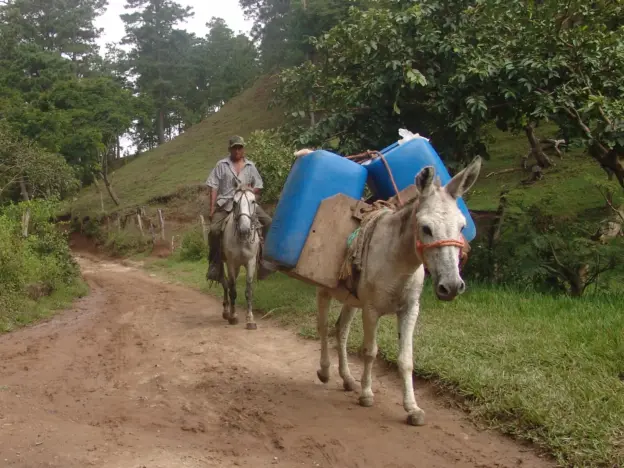
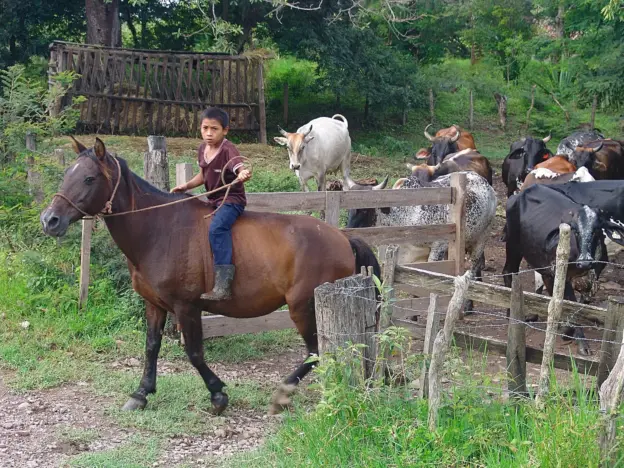
The Atheland Horse is a local country bred horse that comes from Honduras. They are not technically a breed as there is not a central studbook.
Read more
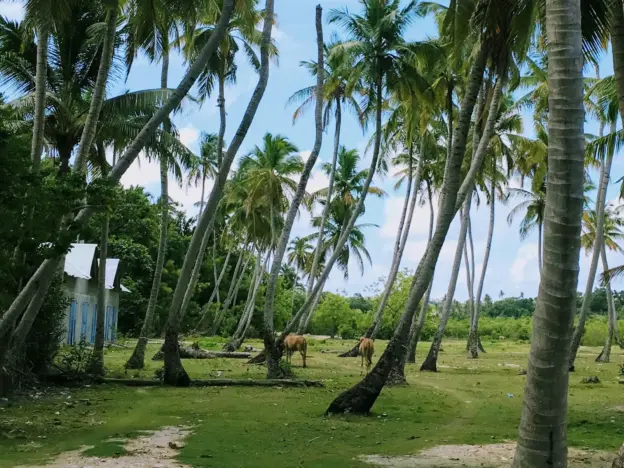
The word Chwal is Haitian Creole for horse and likely comes from the French word for horse, cheval. This is the name for a type of local bred small horse or pony that is common to those found on other island nations.
Read more
